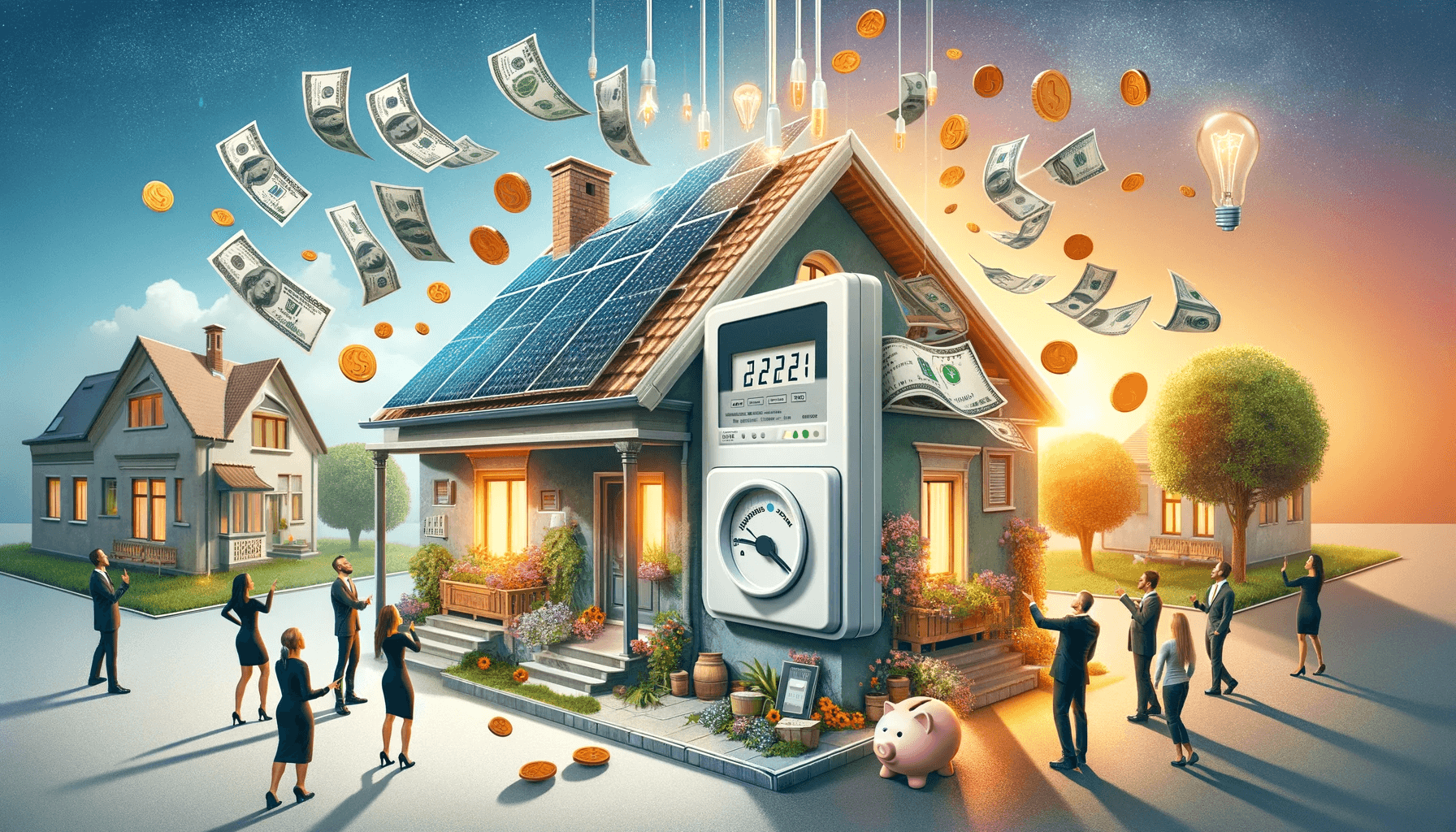In an era where environmental concerns and energy costs are escalating, businesses and homeowners alike are seeking sustainable and cost-effective energy solutions. Solar panels have emerged as a popular option, promising not only to reduce carbon footprints but also to cut electricity costs. But do they really deliver on these promises? Let’s delve into the factors that influence the cost-saving potential of solar panels.
Initial Investment vs. Long-Term Savings
The upfront cost of purchasing and installing solar panels is often the primary concern. While prices have decreased significantly over the years, the initial investment can still be substantial. However, the long-term savings can be quite impressive. Solar panels typically have a lifespan of 25-30 years, during which they can generate significant amounts of electricity. This electricity generation can offset the amount of energy you need to buy from the grid, leading to lower electricity bills.
Location and Climate
The effectiveness of solar panels largely depends on your location and the climate. Areas with higher levels of sunlight will naturally yield more electricity from solar panels. This means in sunnier regions, the return on investment can be faster and more significant. However, even in less sunny areas, solar panels can still be effective, especially with advancements in technology that have improved their efficiency in various weather conditions.
Government Incentives and Feed-in Tariffs
Many governments offer incentives for installing solar panels, such as tax credits, rebates, or feed-in tariffs. These incentives can significantly reduce the initial cost and improve the economic feasibility of solar installations. Businesses and homeowners should explore local and national programs to understand what incentives are available to them.
Energy Consumption Patterns
The savings also depend on your energy consumption patterns. If your highest energy use is during the day when the panels are producing electricity, you’ll be able to utilize more of the energy produced, leading to greater savings. On the other hand, if your peak energy usage is at night, you might not use as much of the solar energy directly, though you can still benefit from feed-in tariffs by selling excess energy back to the grid.
Maintenance and Durability
Solar panels require minimal maintenance, primarily keeping them clean and ensuring they’re not shaded by trees or other obstructions. They are also quite durable, often coming with warranties of 20-25 years. The lack of moving parts reduces the risk of significant malfunctions, making them a reliable long-term investment.
The Impact on Property Value
Installing solar panels can increase the value of your property. Properties with solar installations often attract buyers interested in sustainable living and lower energy costs. This increase in property value can be considered part of the return on your investment in solar panels.
Conclusion
Solar panels offer a promising way to reduce electricity bills and contribute to a more sustainable future. However, the extent of the savings depends on various factors, including location, energy usage patterns, and available incentives. Businesses and homeowners should conduct a thorough analysis of these factors to determine the feasibility and potential savings from solar panel installations.
For more insights on reducing energy costs and improving efficiency, check out these energy saving tips.
